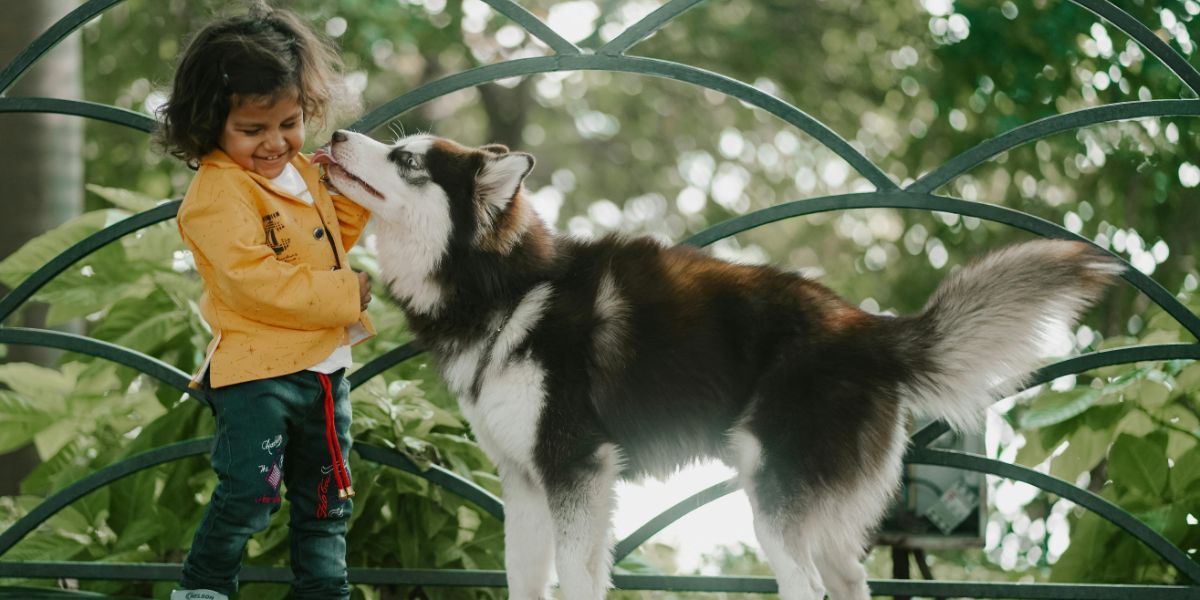How Does Pet Care Impact a Child’s Sense of Responsibility?
Involving children in pet care tasks can significantly enhance their sense of responsibility and commitment. When children are assigned age-appropriate chores related to pet care, they learn the importance of consistent care and the impact of their actions on another living being.
- Younger children can assist adults with pet care tasks and learn from observing their parents or caregivers.
- Older children can take on more complex tasks such as measuring out meals, cleaning food bowls, assisting with dog walking, cleaning litter boxes or yard waste, helping with bath time, and practicing training and commands.
- These tasks not only help children understand the responsibilities associated with pet care but also teach them about the consequences of neglecting these duties.
What Role Does Routine Play in Pet Care?
Establishing a pet care routine helps children understand the value of organization and time management. A structured approach, such as using a chart to outline each family member’s pet-related duties, can help children stay committed to their tasks and learn about consistency.
- A well-structured routine ensures that pets receive consistent attention and have their basic needs met regularly.
- This includes daily tasks such as providing fresh water and healthy food, offering exercise and playtime, and maintaining hygiene through brushing and grooming.
- Such a routine contributes to better overall health for pets and can help prevent health issues and ensure early detection of any problems.
How Does Pet Care Foster Empathy in Children?
Animals and humans have always had a special bond and caring for a pet allows children to form a strong emotional bond and learn empathy. The unconditional friendship between a child and their pet plays a significant role in the child’s upbringing, helping them understand and respect the feelings of others.
- Through pet care, children learn to recognize and respond to the needs of their pets, which can translate into empathy for other living beings.
- The experience of caring for a pet can also help children develop compassion and understanding, essential qualities for interpersonal relationships.
- Moreover, the bond formed with a pet can provide emotional support and companionship for children, contributing to their emotional well-being.
What Impact Does Consistent Pet Care Have on Pets?
Establishing a routine for pet care ensures that animals receive consistent attention and have their basic needs met regularly. This proactive approach can help prevent health issues and ensure early detection of any problems, contributing to better overall health for pets.
- Consistent care includes daily tasks such as providing fresh water and healthy food, offering exercise and playtime, and maintaining hygiene through brushing and grooming.
- Regular veterinary check-ups and vaccinations are also part of a comprehensive pet care routine.
- Through consistent care, pets can enjoy a better quality of life and a stronger bond with their human caregivers.
How to Create an Effective Pet Care Routine?
To maximize the benefits of pet care responsibilities, it’s important to develop a daily and weekly pet care schedule, use a visual checklist to track completed tasks, tailor the routine to your specific pet’s needs, involve all family members in age-appropriate tasks, and combine pet care with other household responsibilities.
- Creating a visual checklist can help children understand their responsibilities and track their progress.
- It’s also important to consider the specific needs of your pet when creating a routine. Different pets have different needs, and the routine should be tailored accordingly.
- By incorporating pet care into a child’s routine, families can foster responsibility, empathy, and important life skills while ensuring their pets receive consistent and loving care.
What are Some Age-Appropriate Pet Care Tasks for Children?
It’s crucial to assign pet care responsibilities based on the child’s age, maturity, and disposition. Younger children can assist adults with pet care tasks and learn from observing their parents or caregivers, while older children can take on more complex tasks.
- For younger children, tasks can include assisting adults with pet care tasks and observing and learning from parents or caregivers.
- Older children can be responsible for measuring out meals and cleaning food bowls, assisting with dog walking, cleaning litter boxes or yard waste, helping with bath time, and practicing training and commands.
- These tasks not only help children understand the responsibilities associated with pet care but also teach them about the consequences of neglecting these duties.
Take the first step with Carrara Treatment
Britney Elyse has over 15 years experience in mental health and addiction treatment. Britney completed her undergraduate work at San Francisco State University and her M.A. in Clinical Psychology at Antioch University. Britney worked in the music industry for several years prior to discovering her calling as a therapist. Britney’s background in music management, gave her first hand experience working with musicians impacted by addiction. Britney specializes in treating trauma using Somatic Experiencing and evidence based practices. Britney’s work begins with forming a strong therapeutic alliance to gain trust and promote change. Britney has given many presentations on somatic therapy in the treatment setting to increase awareness and decrease the stigma of mental health issues. A few years ago, Britney moved into the role of Clinical Director and found her passion in supervising the clinical team. Britney’s unique approach to client care, allows us to access and heal, our most severe cases with compassion and love. Prior to join the Carrara team, Britney was the Clinical Director of a premier luxury treatment facility with 6 residential houses and an outpatient program



